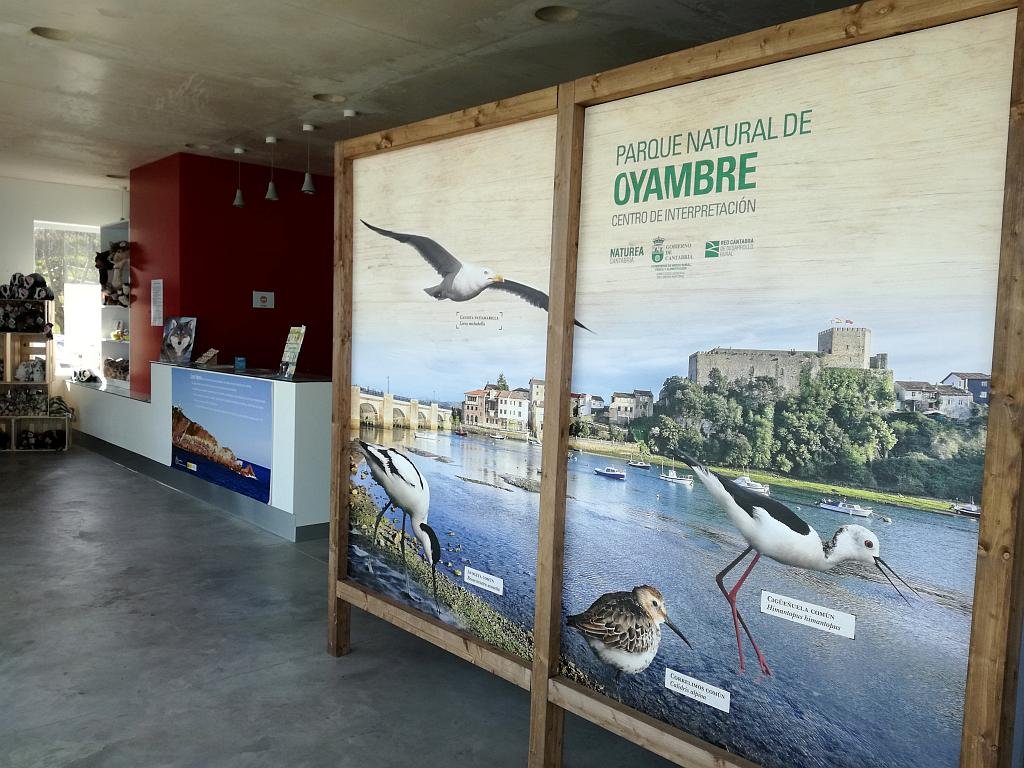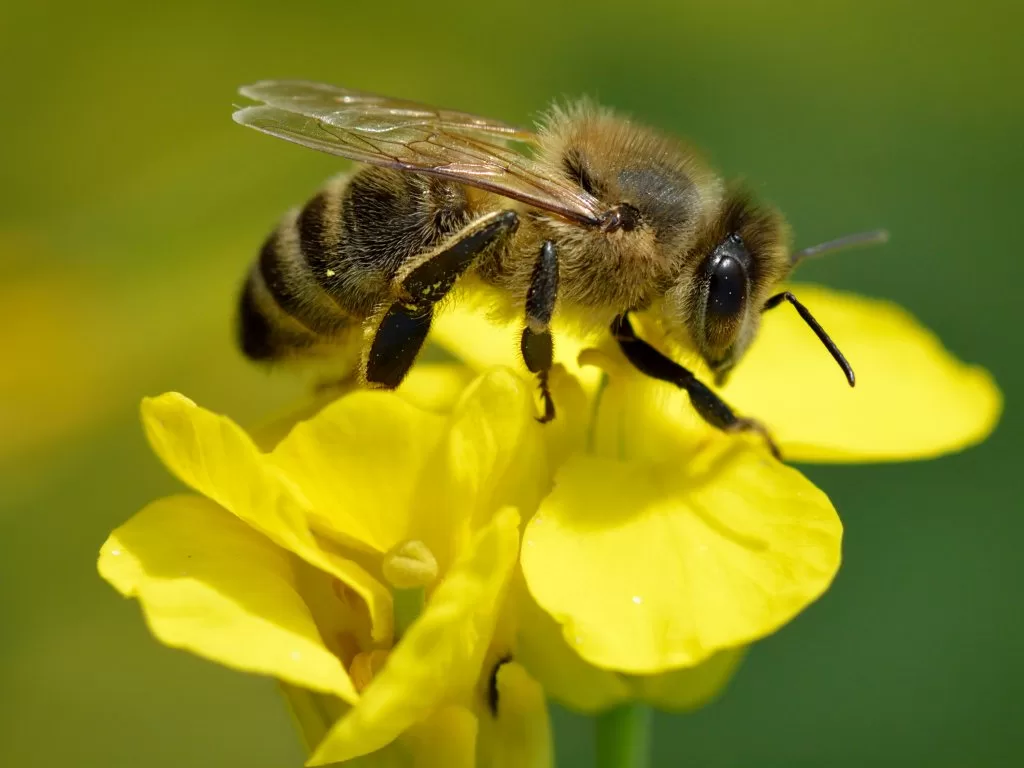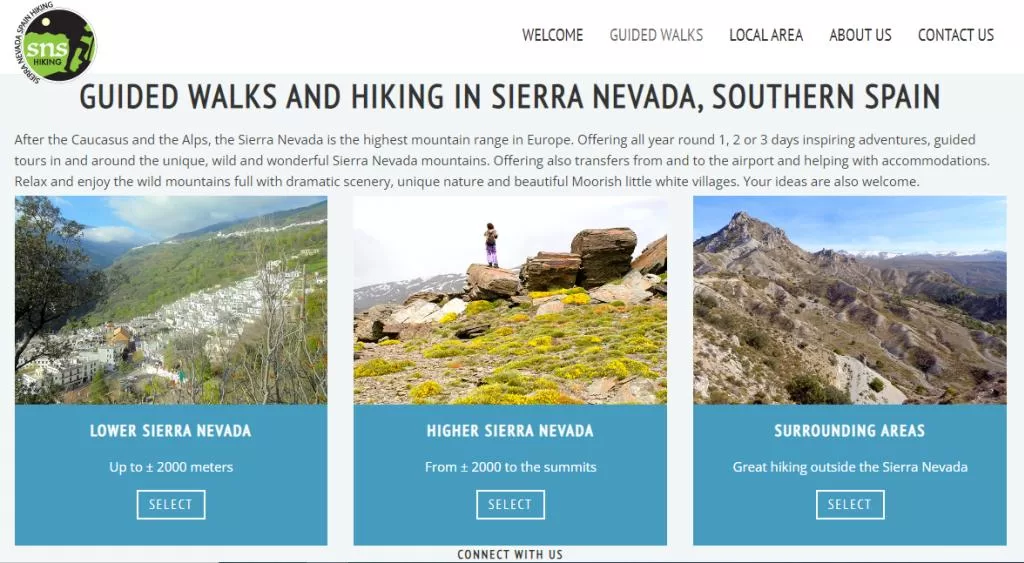- Region: Cantabria
- Local towns and villages: Bárcena Mayor, Arenas de Iguña, Cabuérniga, Cieza, Hermandad de Campoo de Suso, Ruente and Los Tojos
- Declared a Natural Park: 1988
- Park surface area: 23,932 hectares.
Points of interest
The Saja-Besaya Natural Park is located in an area between the hydrographic basins of the Saja and Besaya rivers extending from Monte Río los Vados in the extreme north to the Fuentes-Palombera and Sierra del Cordel (Campoo) mountains in the south. The largest protected area in Cantabria, the entire park is also integrated into the Saja National Hunting Reserve .
The only urban area located within the natural park boundaries is Bárcena Mayor, an ancient town and a superb example of mountain architecture.



